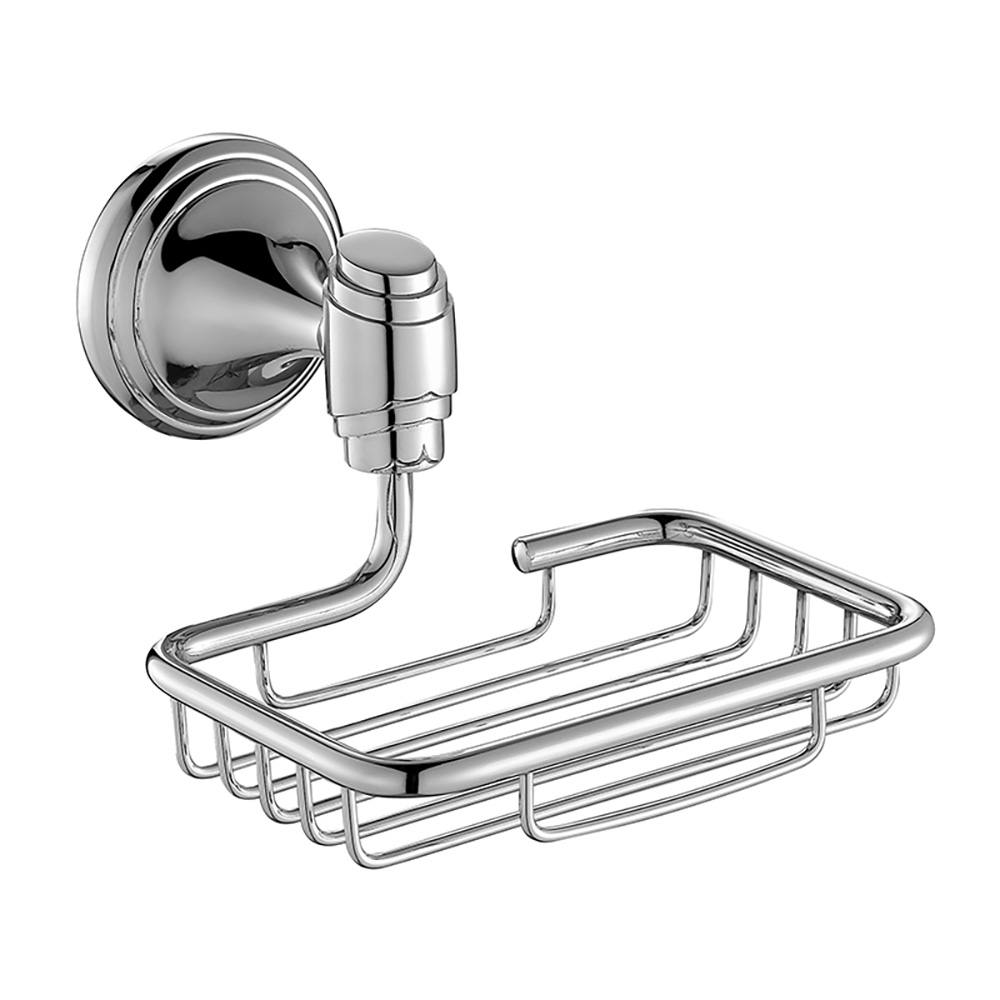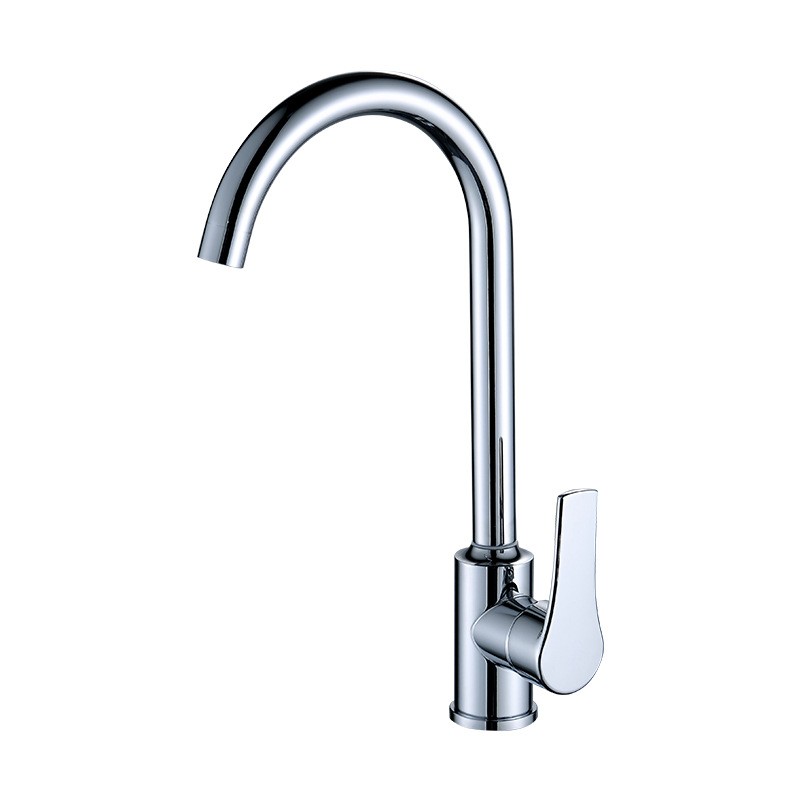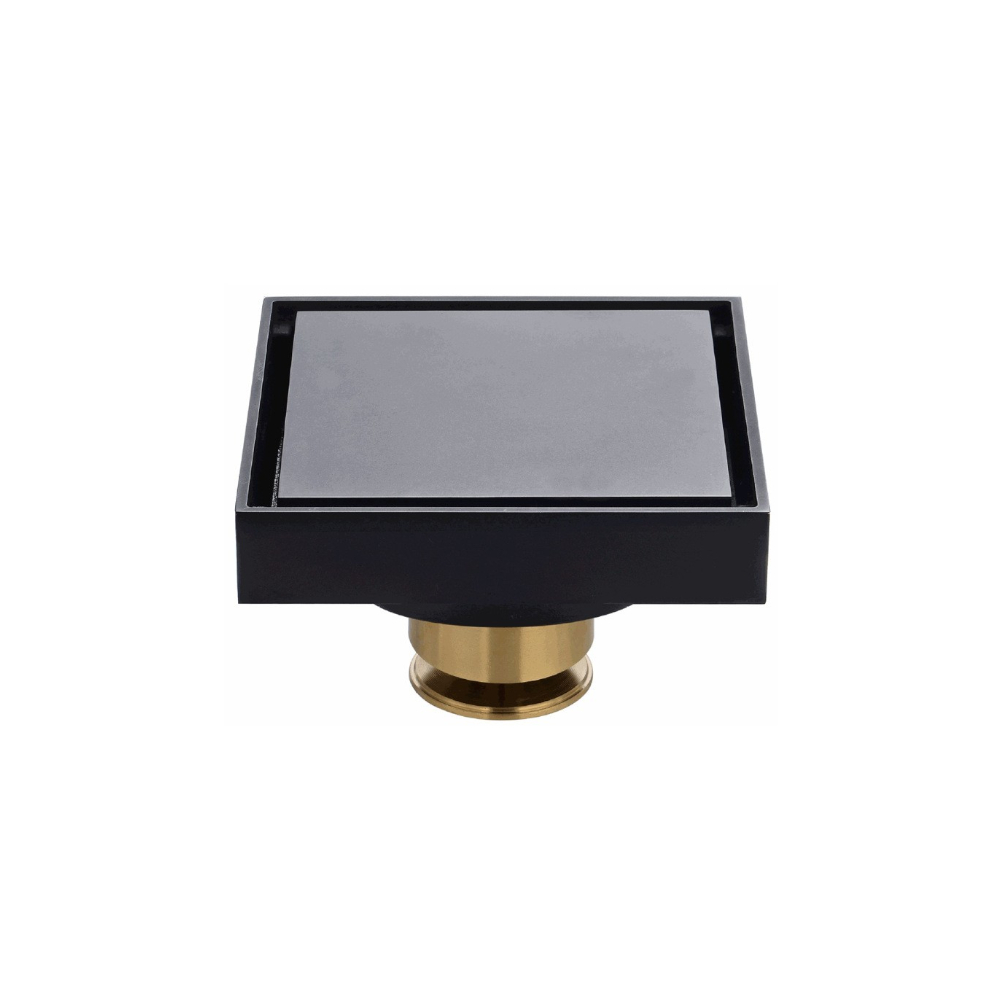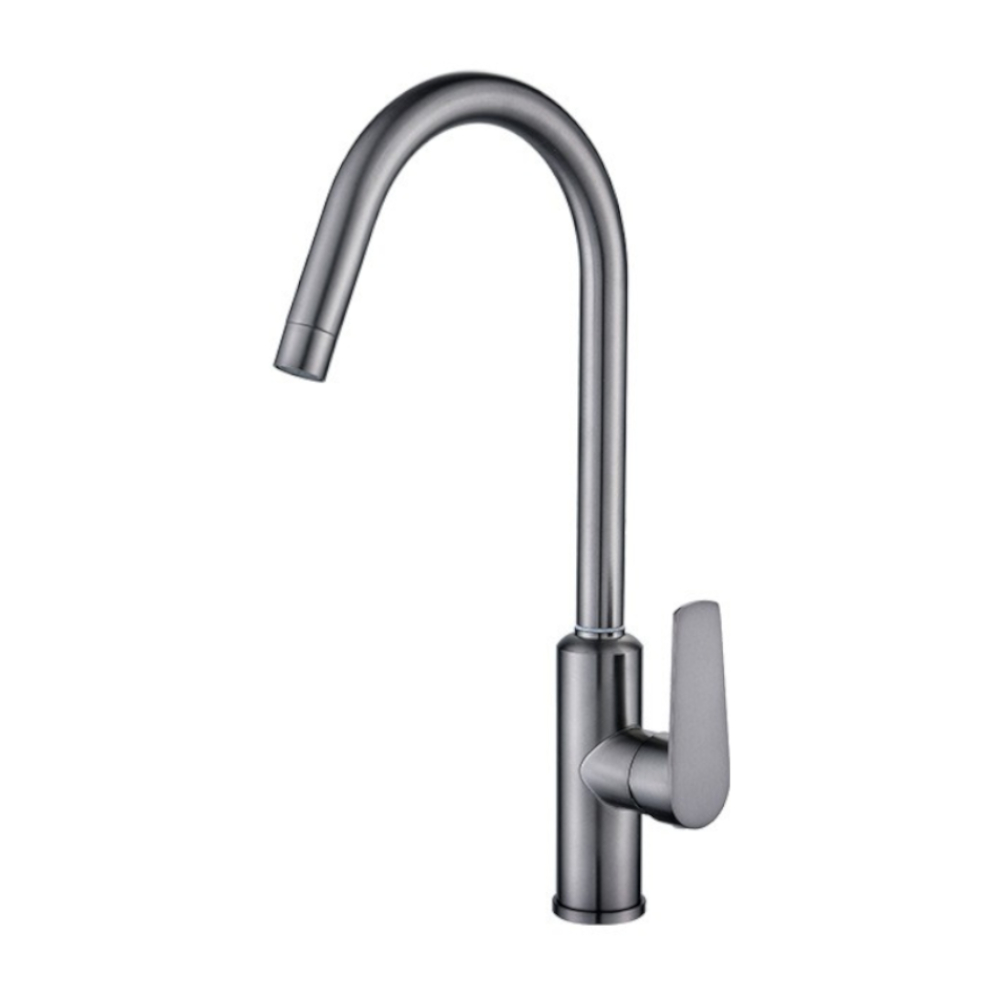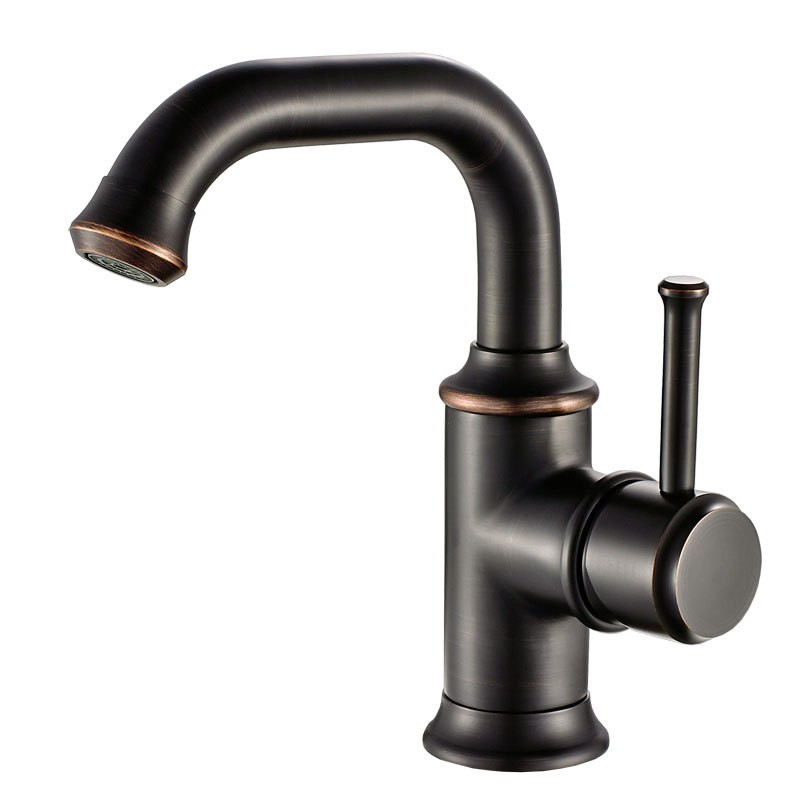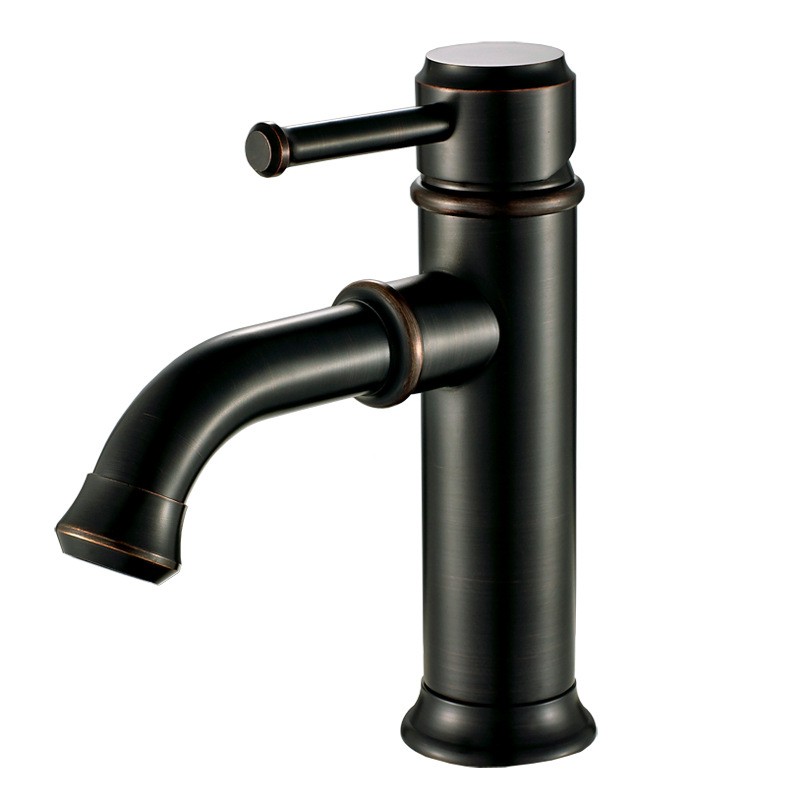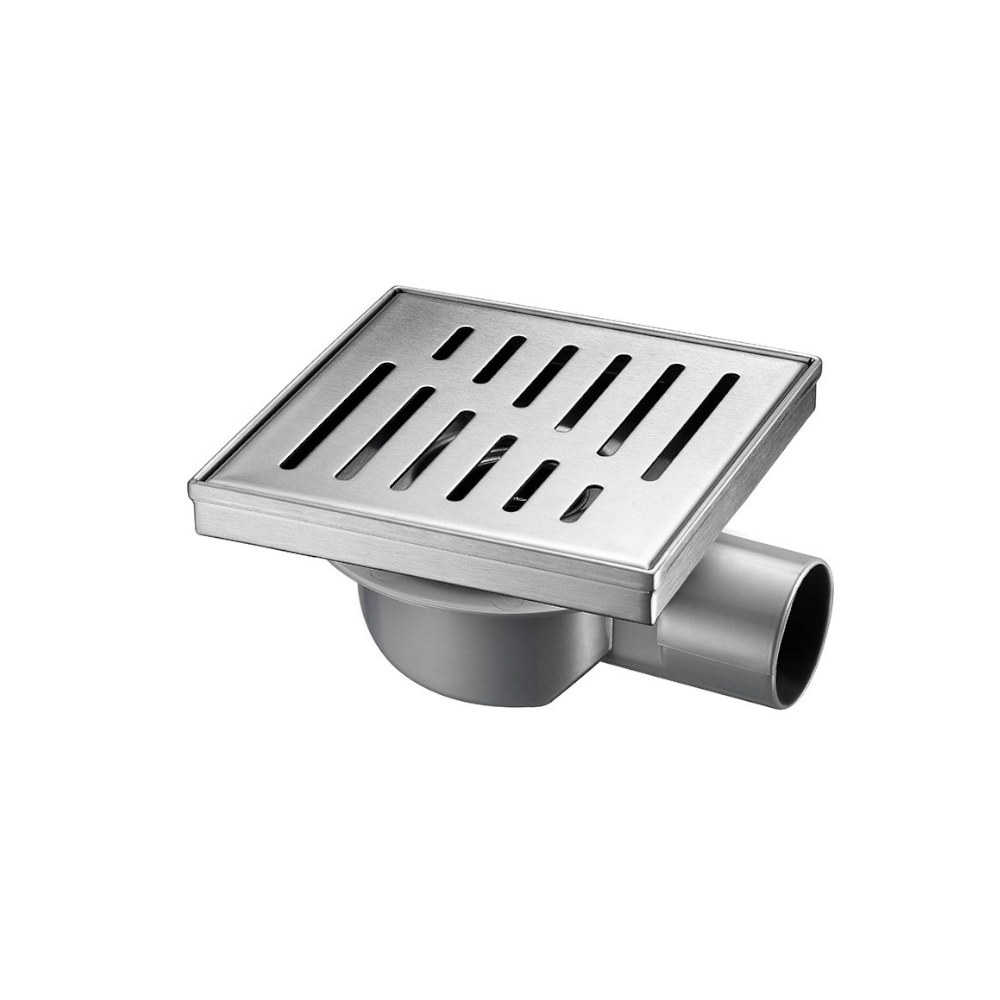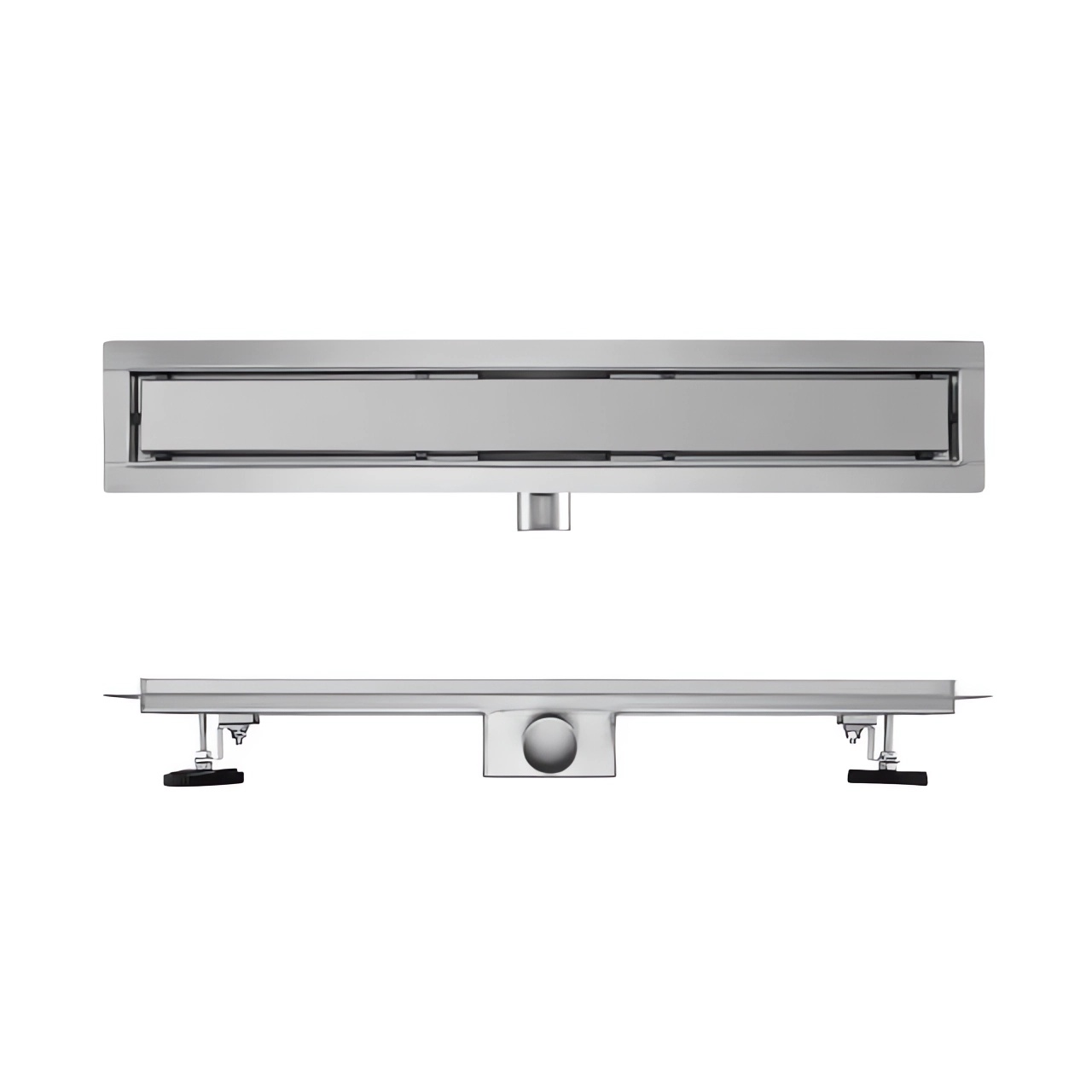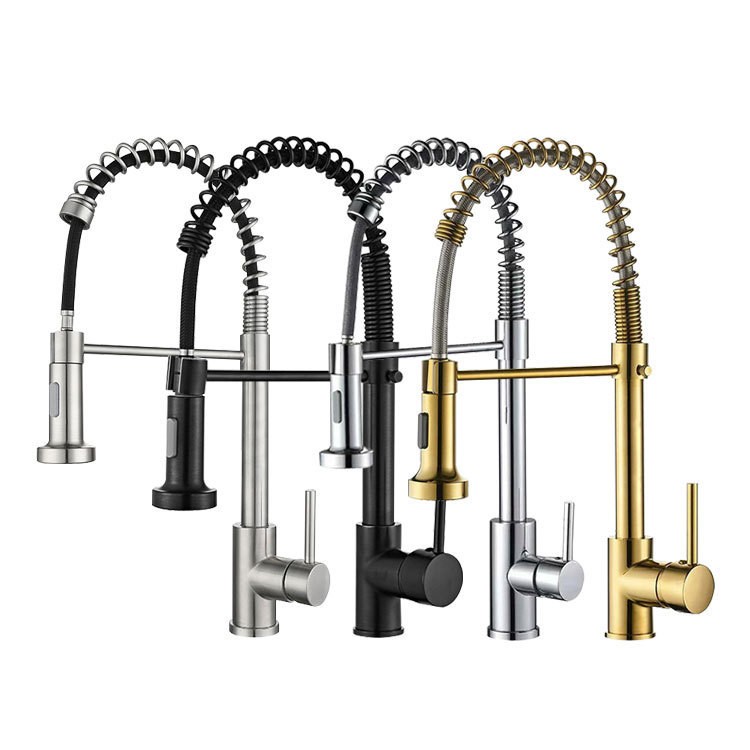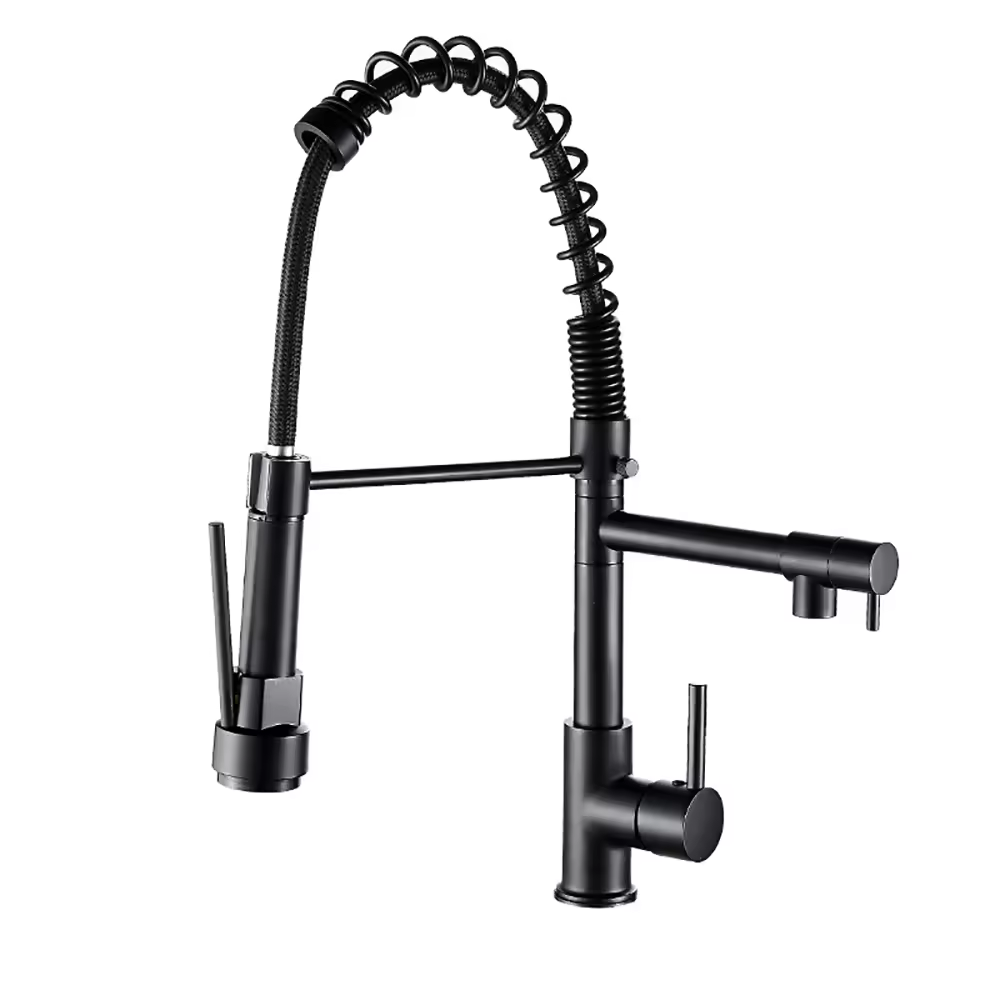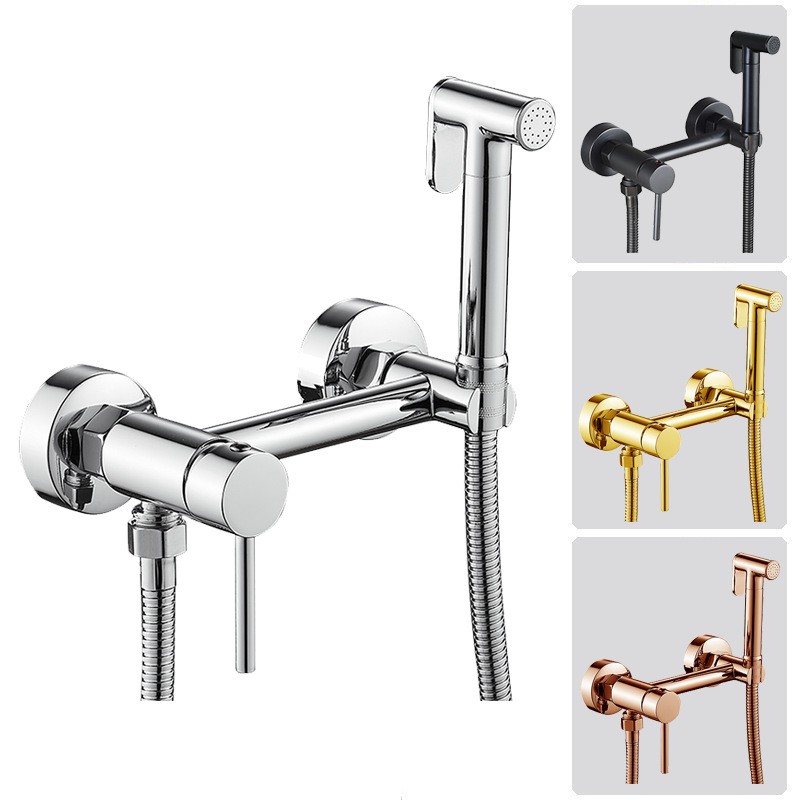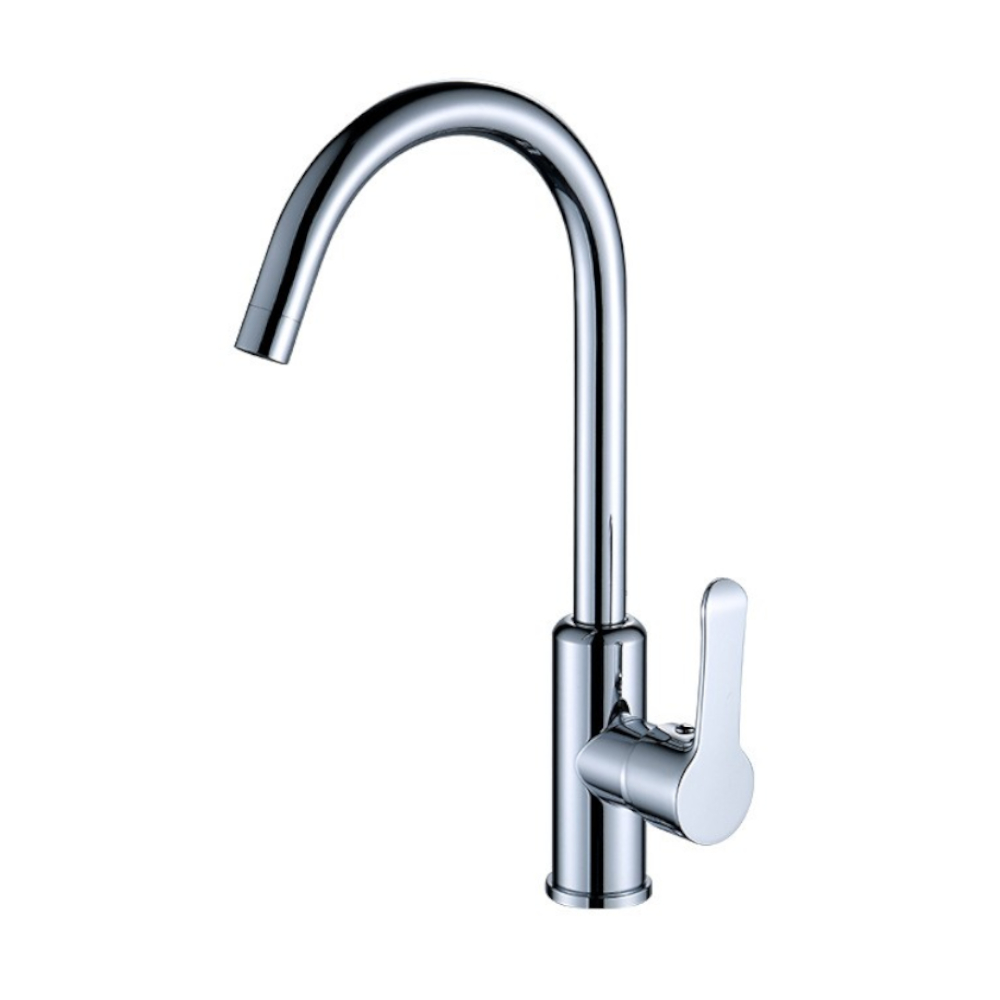Maintaining proper hygiene and sanitation when using a soap dispenser is crucial to prevent the spread of germs and ensure a clean environment. Here are some best practices for hygiene and sanitation when using a soap dispenser:
Handwashing Before Dispensing:
Always wash your hands thoroughly with soap and water before using a soap dispenser. This helps prevent transferring contaminants from your hands to the dispenser.
Regular Cleaning of the Dispenser:
Clean the exterior of the soap dispenser regularly to remove any residue or potential contaminants. Use a mild detergent or disinfectant, and follow the manufacturer's cleaning recommendations.
Refill with Clean Hands:
When refilling the soap dispenser, make sure your hands are clean. This helps prevent introducing bacteria or other contaminants into the soap reservoir.
Use Approved Soaps:
Use soaps that are compatible with the dispenser and follow the manufacturer's recommendations for soap type. Using approved soaps ensures proper function and helps prevent clogs or damage to the dispenser.
Avoid Touching the Nozzle:
Refrain from touching the nozzle or dispensing area of the soap dispenser with dirty hands. If the dispenser has a touchless or sensor-activated feature, use it to minimize contact.
Proper Handwashing Technique:
Follow proper handwashing techniques, including lathering your hands thoroughly with soap for at least 20 seconds, covering all surfaces, including the backs of your hands, between your fingers, and under your nails.
Use Tissue or Elbow:
If the soap dispenser is manually operated, consider using a tissue or your elbow to dispense soap, especially in public settings. This helps minimize direct hand contact with the dispenser.
Monitor Soap Levels:
Regularly check and refill soap dispensers to ensure an adequate supply. Running out of soap may lead to people using the dispenser improperly or neglecting handwashing.
Educate Users:
Provide clear instructions on how to use the soap dispenser correctly. Include information on proper handwashing techniques and the importance of maintaining good hygiene practices.
Install Touchless Dispensers:
Consider installing touchless or sensor-activated soap dispensers. These reduce the risk of cross-contamination since users don't need to touch the dispenser to obtain soap.
Train Cleaning Staff:
If the soap dispensers are in a commercial or public setting, ensure that cleaning staff are trained on proper cleaning protocols, including the regular disinfection of dispensers.
Regular Maintenance:
Conduct regular maintenance checks on soap dispensers to ensure they are functioning correctly. Address any issues promptly to prevent malfunctions or contamination.
By following these best practices, you can help ensure that soap dispensers remain effective tools for promoting hand hygiene while minimizing the risk of spreading germs and contaminants.
Mobile
Quick Links
Products
Contact Us
-

Phone
+86-18668880181
+86-574-23665097 -

E-mail
onward625@vip.163.com
edward@onwardbath.com -

Address
1-706 Wisdom Valley #18 Keji Road, Gutang Street, Cixi, Ningbo, China

 English
English Español
Español
